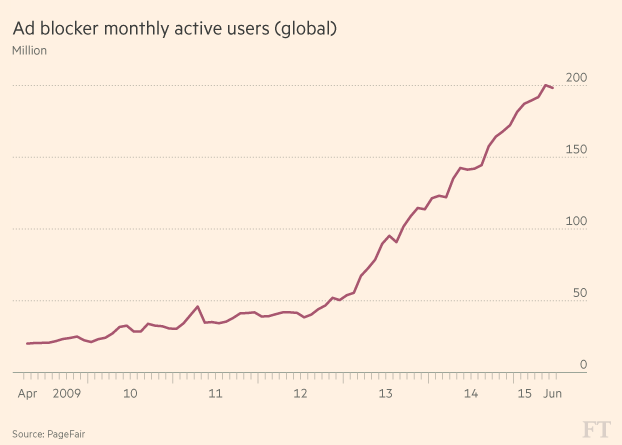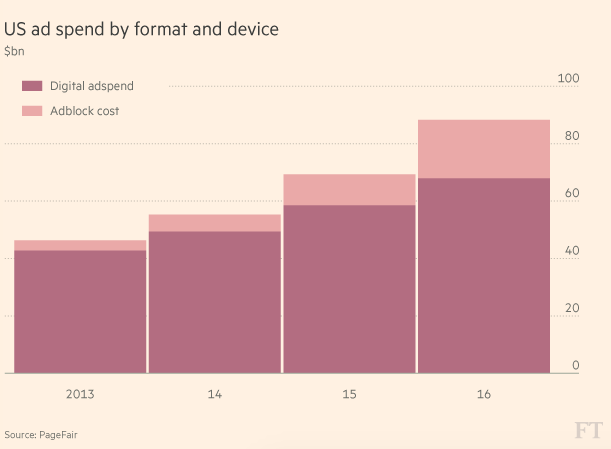Ad blocking has already been a concern for companies on desktop computers, but now it’s really leaving an impact with advertisers when it comes to mobile.
The Financial Times recently reported that ad-blocking is on the rise on both smartphones and tablets, as more than 200 million people worldwide use some form of software to block ads out – double the number from what was reported two years ago, according to PageFair and Adobe.

This is a concerning trend for companies. Studies from the Times indicate that 37 percent of mobile users have stated that they have blocked ads on their device within the last month. That’s quite a problem, considering the spend that’s going into digital ads (and the cost of ad-block), but it gets worse.

The survey also noted that 70 percent of respondents showed interest in blocking ads, either by doing so already or planning to in the future.
Charles Vasquez, vice president of digital media for Ayzenberg, said, “Ad blocking comes down to the fundamental issue of user experience from the relevance of the ads they receive to issues surrounding privacy. It’s forcing marketers to not only work around ad blocking technology but to improve the contextual relevance of their messages. We know, for example, that younger mobile audiences are a bit of a paradox. On one hand they are self-proclaimed to being ‘ad-resistant’ but on the other hand they accept brand messages when it comes through as relevant, informative and authentic. As ad blocking adoption grows, marketers will need to adopt more tailored messaging with pinpoint accuracy – something they should already be doing.”
Ayzenberg’s vice president of social strategy, Siobhan O’Neill, added, “We respectfully suggest to our clients that the ad-blocking trend presents an opportunity to connect business objectives to outcomes using creative solutions; it presents an opportunity to innovate around new mediums and content formats in ways that not just get attention, but deliver value in terms of information, entertainment, or deep-end fan experience. … Brands can take a cue from that and work to develop new models that leverage the relationships they have with their audiences to develop quality content that enhances, not detracts, from their overall experience, be it on mobile, tablet, gaming device – wherever they happen to be.” (Editor’s note: [a]listdaily is the media arm of the Ayzenberg Group.)
In essence, ad-blocking is a wake-up call for brands to better implement best advertising practices. Now it’s just a matter of seeing how — and when — companies adapt.

